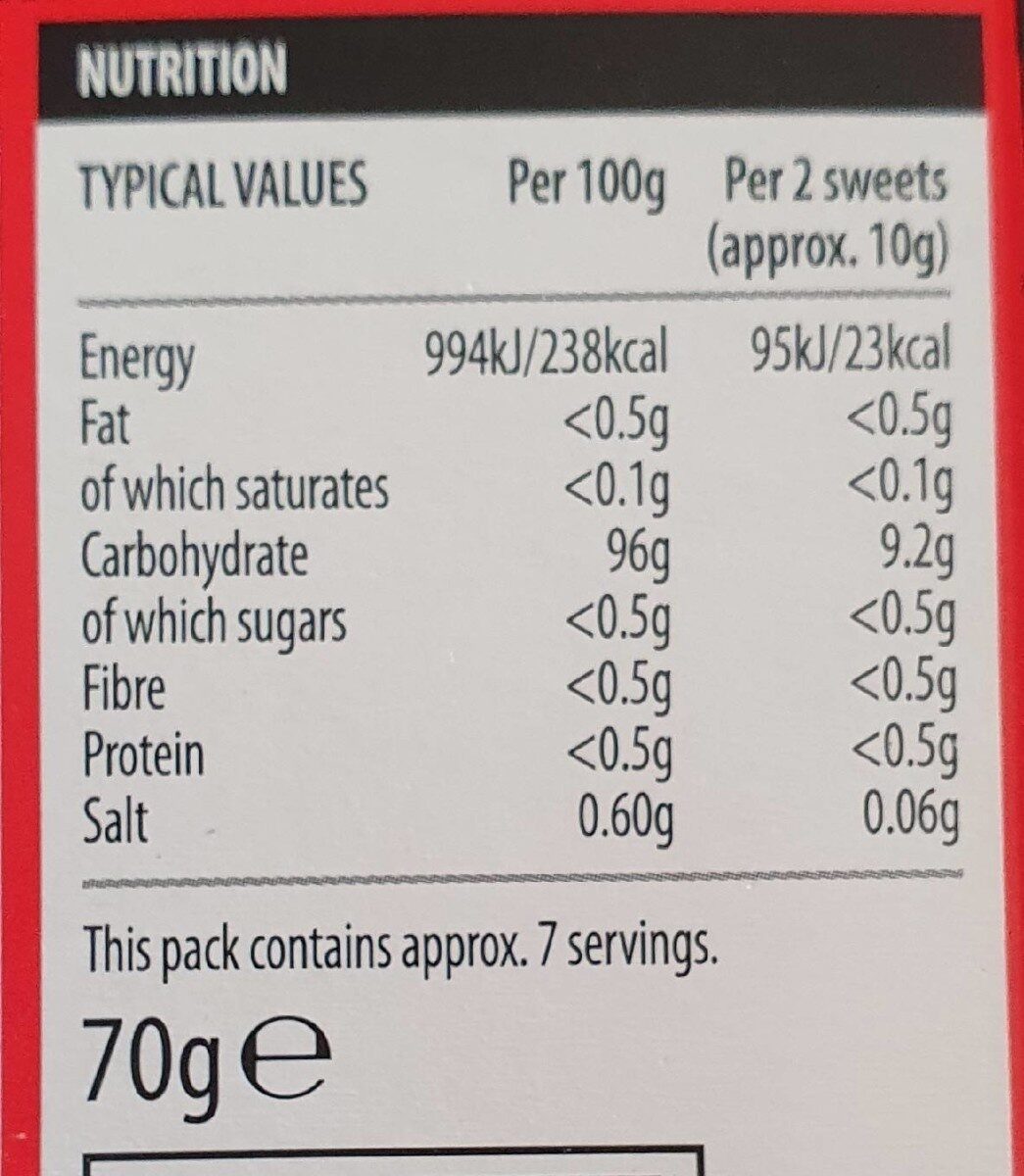Sugar Free Cola Sherbets - - 70 g
This product page is not complete. You can help to complete it by editing it and adding more data from the photos we have, or by taking more photos using the app for Android or iPhone/iPad. Thank you!
×
Barcode: 4088600279671 (EAN / EAN-13)
Quantity: 70 g
Categories: Snacks, Sweet snacks, Confectioneries, Candies
Labels, certifications, awards: Vegetarian, No artificial flavors, No artificial preservatives, Vegan, No artificial colors, No artificial colours and preservatives
Countries where sold: Ireland
Matching with your preferences
Environment
Carbon footprint
Packaging
Transportation
Report a problem
Data sources
Product added on by kiliweb
Last edit of product page on by tasja.
Product page also edited by bryne, naruyoko, roboto-app, swipe-studio, yuka.sY2b0xO6T85zoF3NwEKvlmNsUfCHuxLjZz_SxFaAlvyWPsXmftBMz63UHqo.
If the data is incomplete or incorrect, you can complete or correct it by editing this page.








